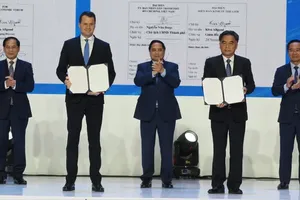
The IEA made the forecast in its freshly-released annual Southeast Asia Energy Outlook.
It said this comes despite expectations of slower growth in the region’s energy demand as economies shift towards less energy-intensive manufacturing and services, and greater efficiency.
Southeast Asia was already a net oil importer with 4 million barrels of crude oil per day in 2018, while strong growth in demand for natural gas has reduced the surplus of gas for export, according to the agency.
For coal, output from the region’s top producer, Indonesia, remained well above 400 million tonnes of coal that is equivalent last year, but increases in domestic demand and exports to China and India could reduce its surplus.
The IEA said these trends point to Southeast Asia becoming a net importer of fossil fuels in the next few years.
The region’s overall surplus of supply over demand at 120 million tonnes of oil equivalent in 2011 had been eroded to just above 30 tonnes of oil equivalent in 2018, it noted, adding that the region’s overall dependence on oil imports is forecast to exceed 80 percent in 2040, up from 65 percent at present.
With no change in policy, Southeast Asia’s energy demand is expected to grow by 60 percent by 2040, accounting for 12 percent of the rise in global energy use as its economy more than doubles. Oil demand in the region would surpass 9 million barrels per day by 2040, up from just above 6.5 million barrels per day now, the IEA said.
























